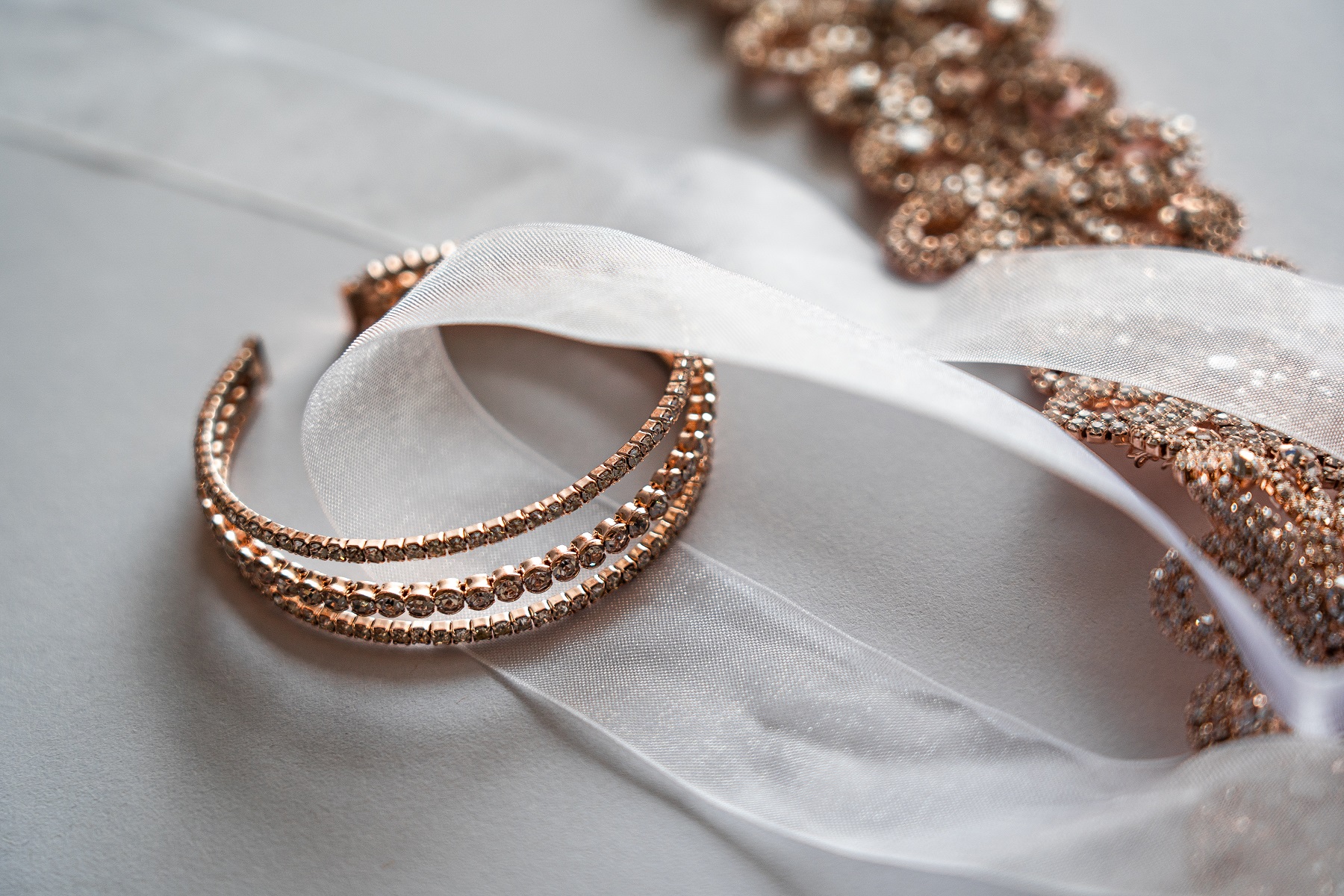What Are Jewelry Findings?
Most jewelry pieces would be reduced to a simple string of beads and metal jewelry findings.
Connectors, clasps, wires, and other non-bead components used in jewelry making give handmade pieces a polished, commercial appearance. Add a whole new dimension to your work with these items.
Most jewelry findings are made of metal (like rose gold-filled findings), but beads are sometimes used to add a decorative touch. Unfortunately, wearing the piece causes some stress to be borne by the metal findings (like the pull of gravity). So you had to choose between precious metal and base metal for your findings for a long time. These days, you can get your base metals in a wide range of textures and colors, from brightly polished to weathered to tarnished by following the effective grooming tactics.
Jewelry Clasps
When it comes to jewelry, a clasp is an essential part of the ensemble, allowing the wearer to quickly and easily fasten and remove the accessory. When deciding on a clasp, you should ask yourself two simple questions:
When will you be wearing your creation? Should one prioritize an easy-to-use clasp (like a toggle) over a more secure connection (like a lobster claw or spring ring)?
Which metal is ideal for this purpose? The clasp should at least go with the rest of the materials, but ideally, it should complement them. Manufacturers are increasingly developing sets of findings for bundled applications.
Jewelry Connectors
An essential part of creating unique designs is the connectors used to link various parts together. Consequently, a charm cannot simply dangle from a bracelet; a connector is required. In what follows, we classify these jewelry parts into their respective categories.
Clasps, which are typically thought of as closures, can also serve as connectors in some situations. Many charms and pendants sold as jewelry add-ons already have a spring ring or lobster clasp, making them easy to attach to another necklace or bracelet.
Crimps
Jewelry crimps are a must-have component. You can smash them around a length of cording to prevent a bead (or clasp, charm, etc.) from sliding around on the cord.
Jump Rings
Connecting devices don’t get any better than jump rings. These tiny, perfectly spherical metal loops have holes or breaks in them. These can be opened with a gentle twist of the pliers and put to a thousand and one purposes. You only need a chain, beads, or a dangle to attach them.
If you work with jump rings frequently, you may want to buy jump ring pliers specifically designed to open and close them without distorting their smooth, spherical shape. In addition, jewelry findings such as clasps, dangles, and more can be attached to jump ring designs.
Clamshells and Bead Tips
Have you ever wondered how a single strand of thread is securely fastened to a metal clasp without using a knot? The solution is a clamshell or a bead tip. These convenient clasp extenders feature a cup for holding knots and a metal hook connecting to your preferred clasp.
Spacer Bars
These convenient findings can be used to join together several strands of beads. Spacer bars are an excellent idea if you want your bead strands to stay close together but are all the same size, as is the case when making cuff bracelets or chokers. It’s best to use spacer bars with two, three, or more holes to make a multi-strand masterpiece.
Head Pins
Making earrings, the most popular handmade jewelry, requires only a few simple materials. You can wear your jewelry designs on your earlobes with the help of ear hooks and ear wires. Beads can be easily hung or stacked using head pins or eye pins.
Ear Wires and Ear Hooks
Like other metal components, ear hooks and wires can be found in almost any material and finish. The best way to find out what you like is to try different things.
Beadwork: Where Anything Goes?
There is one caveat to the “anything goes” policy. Metal sensitivity, an allergic reaction to metal, is more familiar with ear wires and hooks. While they might be okay with wearing a necklace or bracelet made out of junk, they have issues with anything but precious metal when the metal is close to or even inserted into their bodies (like earrings). Use gold-filled or sterling silver wire when in doubt because of its inherent safety.
Eye Pins and Head Pins
Great for creating dangles of varying lengths, these findings are a must-have. Despite their name, head, and eye pins aren’t just for making the earring’s body; many designers also use them to make necklaces and bracelet dangles. Both have a similar function but differ slightly in their foundations.
Beads can be strung securely onto a headpin because they are rigid wires with a base. This is because the base, or head, is typically flat. Some head pins are topped with a jewel or an intricate metal piece.
A head pin’s counterpart is an eye pin, which differs only in that its end is not pointed but rather a tiny loop known as an eye. Eye pins are a great option if you want to join several dangles together. First, carefully open the loops with the chain-nose pliers, insert the connecting pieces, and then close the loops.

